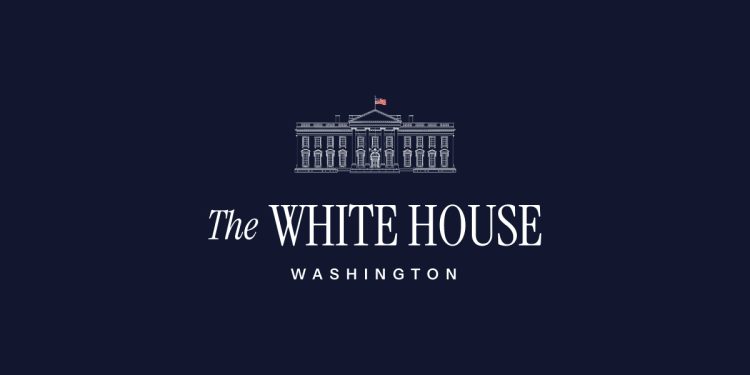Against the commercial practices which undermine national security: Today, President Donald J. Trump has signed a proclamation to increase the 50% price on steel and aluminum.
- President Trump takes action to protect America’s critical and aluminum critical industries, which have been injured by unfair commercial practices and global excess capacity.
- President Trump increases the price on steel and aluminum imports from 25% to 50%, the higher rate should come into force on June 4, 2025.
- The prices on steel and aluminum imports from the United Kingdom will remain at 25%, with possible changes or quotas from July 9, 2025, according to the status of the economic prosperity agreement of the United States-US.
- Steel and aluminum prices will only apply on the steel and aluminum content of imported products, while the non -complex and not aluminum content of imported products will be subject to other applicable rates.
- President Trump represses false import declarations by requiring strict steel and aluminum content reports, with difficult penalties such as fines or loss of import rights for offenders.
- President Trump exercises his authority under article 232 of the 1962 ACT Trade Act to adjust imports of steel and aluminum to protect our national security.
- This law allows the president the power to adjust imports introduced to the United States in quantities or in circumstances which threaten to harm national security.
Restoration of equity for steel and aluminum markets: President Trump takes action to put an end to unfair business practices and the world spill of steel and aluminum.
- Foreign nations have flooded the United States market with cheap steel and aluminum, often subsidized by their governments.
- A report by the first Trump administration revealed that the levels of steel import and excess world weaken our domestic economy and threatened to harm national security.
- The report revealed that excess production and capacity was a major factor in the decline in domestic aluminum production.
- While the national steel industry briefly reached the use of the capacity of 80% in 2021, the subsequent commercial pressure depressed domestic production. In 2022 and 2023, the use of capacities fell respectively at 77.3% and 75.3%. High import volumes from sources exempt from the prices of article 232 were a major factor in depressing the volumes of domestic production.
- For aluminum, there was an increase in the rate of capacity use between 2017 and 2019, from 40% to 61% during this period. But since 2019, the use of aluminum capacity has again experienced a constant drop, from 61% to 55% between 2019 and 2023.
- The United States does not want to be in a position where it would not be able to meet the demand for national defense and critical infrastructure in the event of a national emergency.
Reinforcement of the American manufacturing industry: President Trump’s decision to fill the gaps and existing exemptions will strengthen the United States industries in steel and aluminum.
- During his first mandate, President Trump imposed prices of article 232 to protect the American steel and aluminum industries against unfair foreign competition.
- The steel prices that President Trump have implemented have led to thousands of jobs and higher wages in the metal industry.
- These prices were praised as a “boon” for the Minnesota iron ore industry, State officials attributing prices to strengthen the local economy.
- Steel and aluminum imports have decreased considerably by President Trump, falling from almost a third from 2016 to 2020.
- Prices have led to an investment wave in the United States, with more than $ 10 billion determined to build new factories.
- Earlier this year, President Trump restored and strengthened the prices of article 232 on steel and aluminum, widely celebrated by the American steel and aluminum industries.
- Now, President Trump is again congratulated by our steel and aluminum industries for his decision to raise prices on foreign steel and aluminum even higher and protect American workers.
Work rates: Studies have shown several times that unlike public rhetoric, prices can be an effective tool to achieve economic and strategic objectives.
- A study in 2024 on the effects of President Trump’s prices in his first administration revealed that they “strengthened the American economy” and “led to significant reloclage” in industries such as the manufacture and production of steel.
- A 2023 report by the American International Commerce Commission which analyzed the effects of the prices of articles 232 and 301 on more than $ 300 billion in American imports revealed that the prices reduced imports from China, effectively stimulated a greater American production of tariff goods, with very minor effects on prices.
- According to the Economic Policy Institute, the prices implemented by President Trump during his first administration “clearly show any correlation with inflation” and had only a temporary effect on global price levels.
- An analysis of the Atlantic Council revealed that “prices would create new incentives for American consumers to buy products manufactured in the United States”.
- The former secretary of the Treasury of Biden, Janet, Yellen, said last year that the prices do not increase the prices: “I do not think that American consumers will see a significant increase in the prices with which they are confronted.”
- An economic analysis of 2024 revealed that a global tariff of 10% would increase the economy by $ 728 billion, would create 2.8 million jobs and increase the real income by 5.7% of households.


